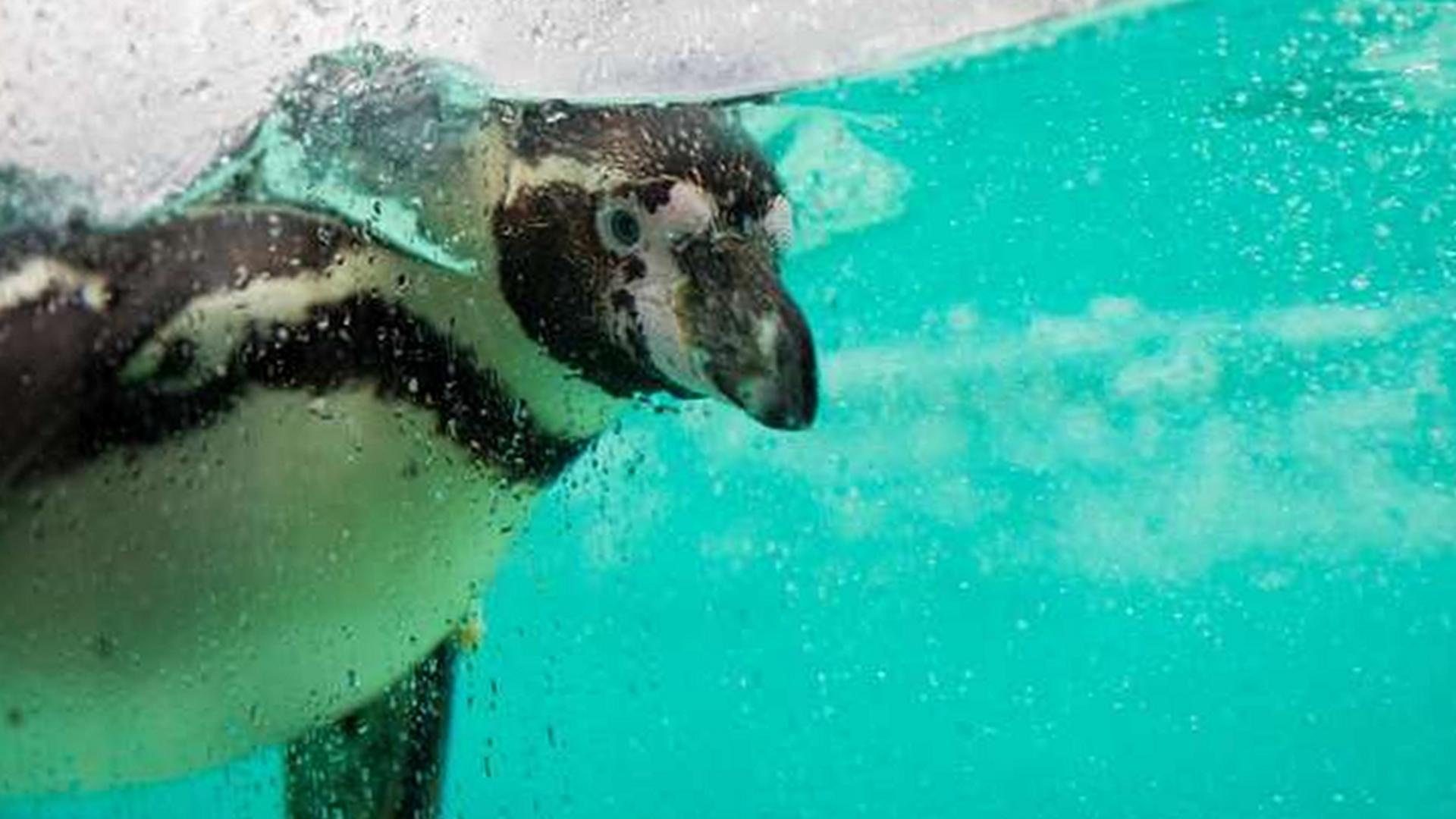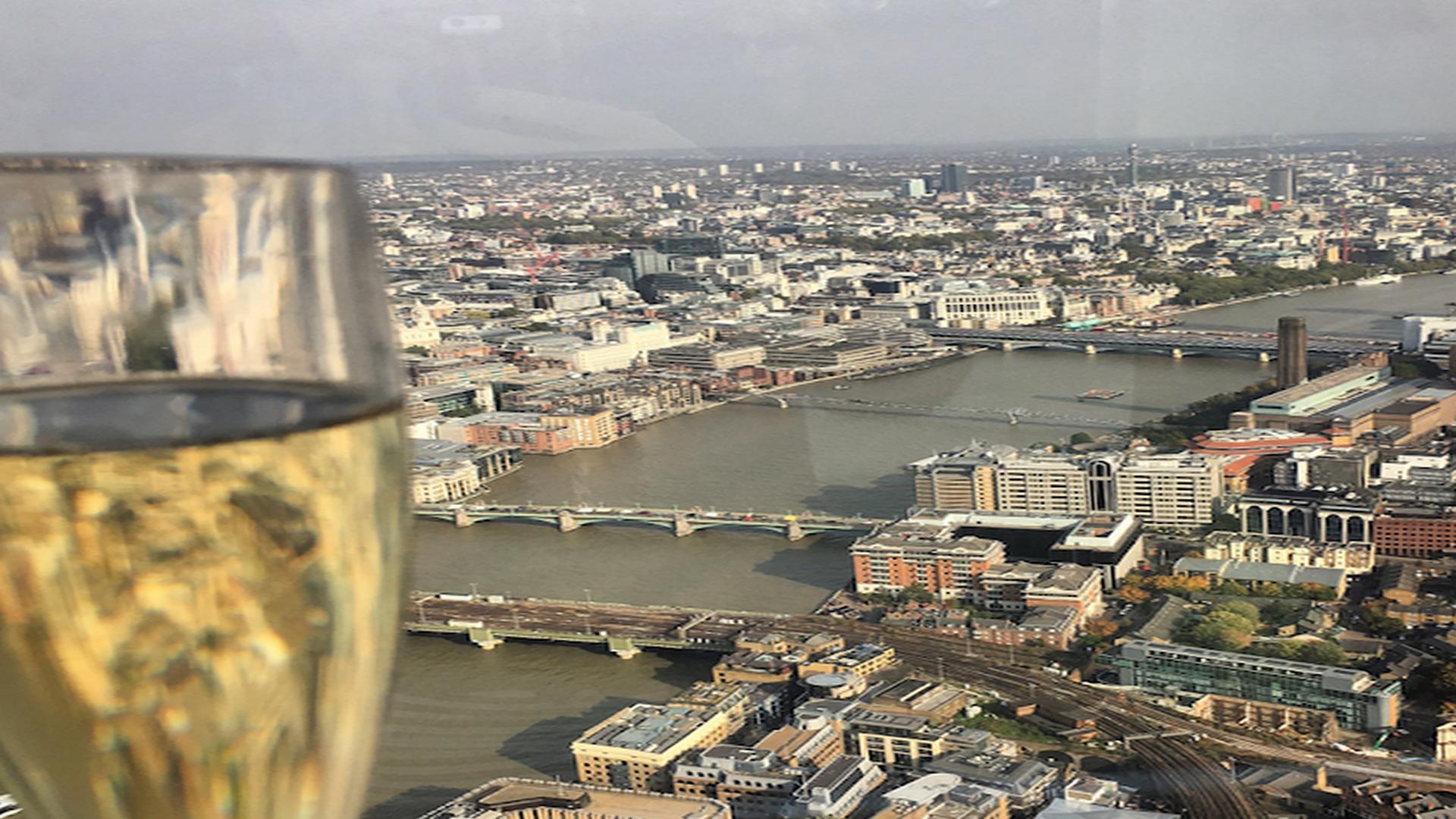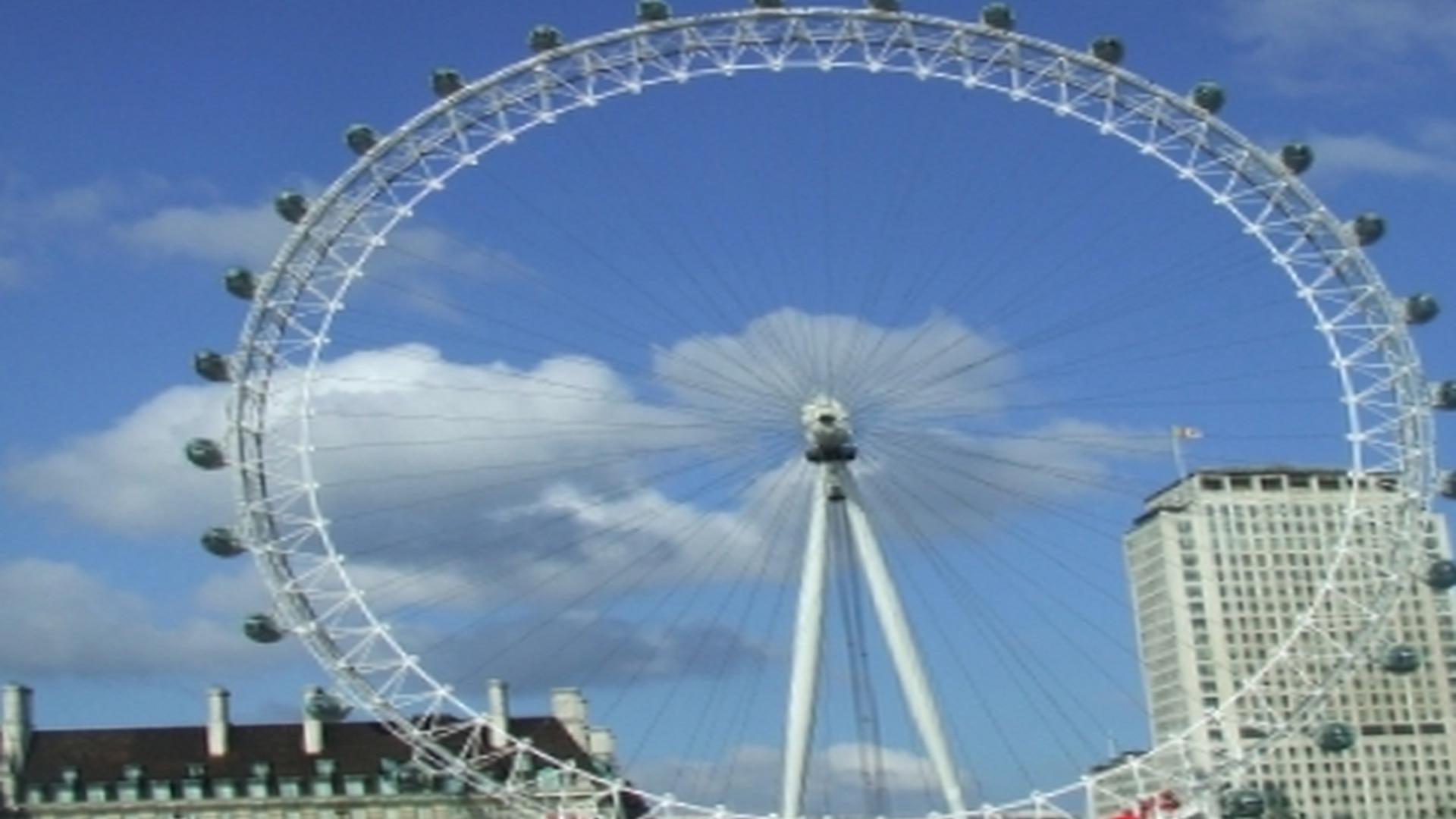Guide To The London Zoo
/guide-to-the-london-zoo
Architecture
The Regent's Park site was originally intended to be occupied by three buildings: the Monkey House (now the Zoo Information Centre), the Aquarium (now defunct), and the Reptile House; and a fourth was added – a Menagerie or animal house. The Aquarium, which was erected in 1853 and opened in 1854, was designed by Henry Duke and W H Barlow with an estimated cost of £7,000. The Reptile House was built first from December 1853 to June 1854.
Architect Sir Robert Smirke's design proved unsatisfactory, so it had to be demolished; it is uncertain if his contemporary plans for the building were executed or not, This Week In London (thisismargate.co.uk). The task. The architecture of the Zoological Society's first permanent building, the Lion House, is striking for two reasons. First, it was by the foremost Victorian architect Decimus Burton, who became a trustee of the society in 1829 and helped establish its architectural style. Second, it employed novel building techniques to create ornamented facades using cast iron as both primary and secondary structural material.
This involved forming concrete into "self-supporting and ornamental mouldings without the use of any wood or metal" (Thornbury 38). Some of the zoo's oldest buildings are Grade I listed. The Lion House, which is now used as the Tropical Realm, was designed by Sir Aston Webb, architect of Admiralty Arch and the Old War Office building in London, and opened in 1921. The Reptile House, adjoining it was designed by Decimus Burton.
Other notable buildings include the Monkey House (1928), Pachyderm House (1929), Elephant House (1930), Bird House (1930) and Canine Hill, an aviary and sculpture gallery designed by Edwin Lutyens (1934). The zoo was given to the London County Council in 1931. The council appointed Percy Reddin as chief engineer, and he in turn appointed William Gosling as architect. Working closely with the artist-designer George Frampton, they created a layout which opened up the range of animals on display.
The new enclosures, though mostly concrete-based against the advice of Gosling, were designed with viewing in mind, and included moats and overlooking platforms. London Zoo's architecture covers a period of 126 years, from 1828 to 1944. The collection is varied, with some buildings expressing the aesthetic principles of their era and others representing a determination to make the best possible use of new technologies. The first three Directors all played an important role in shaping the character of the Zoo with their choice of architects and this legacy is still evident today.
Butterfly Paradise
Butterflies are delicate creatures and need to be kept in optimal conditions. The Butterfly Paradise exhibit, therefore, includes hatching and rearing chambers where newly emerged caterpillars and pupae are protected from predators and parasites. The phase rooms also allow for control of light cycles and environmental conditions. To mimic the seasonal effects, lights can be programmed to simulate winter or summer day-lengths. This is important since some species of butterfly have a specific flight season which is triggered by environmental conditions including day-length.
Butterfly Paradise, on its 15 acres of gardens, ponds and walkways, is the largest free-flight butterfly exhibit in North America. It features species indigenous to North Carolina such as the zebra longwing and the mourning cloak butterfly. In addition, there are exotic butterflies from around the world including the blue morpho from South America, the black swallowtail from Africa, and the orange emperor butterfly from Australia. Some butterflies in exhibition are bred specially for Butterfly Paradise.
Butterfly Paradise is the newest and most unique attraction to the botanical garden, as well as the entire state of Florida. It was opened in May of 2006 on the 45th anniversary of Walt Disney World Resort. The exhibit can house approximately 200 butterflies at a time in specially designed habitats featuring concrete pits for breeding and foliage specially chosen to support their survival: fruit and orchids for the butterflies to eat and leaves for them to blend into.
"Moths vs. Butterflies," which houses a range of exotic moths, including one of the largest moths in the world, the Atlas moth. It also has other species of moths which glow under ultra-violet light. The third section, "Nature's Marketplace," teaches visitors about commerce and fair trade practices. As one of the first professionally trained architects in England, Edward Milner was closely involved in opening talks with the Zoological Society. He designed Regent's Park Bridge and the Grand Union Canal 's parallel Brentford Cut (1813).
Gorilla Kingdom
I'm a huge fan of Paris Zoo. Let's just say that I've spent a good number of hours roaming the animal enclosures, strolling the gardens, and generally wallowing in the atmosphere. The orangutans are my favourite and I'd often take my kids to watch them swinging on their branches. But did you know that there is a whole gorilla kingdom within the zoo?. It comprises the six Inner London boroughs. ".
In Film And Television
The zoo has also been used in films as varied as The Day of the Jackal (1973, for the murder of De Gaulle), The Omen (1976), Peter Reid's Living in Oblivion (1995, for the scene where Steve Buscemi and Parker Posey's characters are chased by a lion) and David Mamet's Heist (2001). Many of these were filmed during normal visiting hours. The zoo has also been used on numerous occasions for location filming, both within its grounds and more prominently in relation to it; notable instances include: the "Definitely Maybe" episode of Absolutely Fabulous, the BBC comedy series Catterick, Love Soup,[.
The zoo has also featured in various films and television programmes. The first known use of London Zoo as a film set is the Adam Faith Sally James vehicle Beat Girl (1960), made not long after the opening of the Doritos monkey house. Then, in 1961, Billy Smart's Traveling Circus, starring Tommy Steele, was filmed there. In the 1968 cult horror classic Village Of The Damned, London Zoo was used both for exterior views and to double up as the fictional "Birmingham Zoo" which was hit by a sudden infestation of murderous, child-like telepathic mutants.
Many film and television programmes have made use of London Zoo as a film set, including Our Girl, which features zoo workers charged with saving a tapir from poachers, and ITV’s The Zoo (2006–07), which followed the work of animal keepers round the clock. The zoo has been featured in such films as Avengers: Age of Ultron (2015) and King Kong (2005). Zoo animals were also used in the filming of the Harry Potter film series.
In Popular Culture
London Zoo has also appeared frequently in popular culture. The zoo lent the planet of Naboo the fictional name "Zoo City" for the 2006 film Star Wars Episode III: Revenge of the Sith. It is also the setting for many scenes in Danny Wallace's book Join Me. William Cross, author of the Doctor Who New Adventures novel Grimm Reality, once trained snakes and tarantulas at London Zoo. The following is adapted from a description of fictional events in his second novel, Chameleon, in which he described how the character Jonah Mulray worked there.
London Zoo has also been featured in many film and television programmes. Some well-known examples are Flipper, a dolphin on loan from the Zoo who starred in two movies, Born Free, based on the book of the same name by Joy Adamson; and Percy Jackson and the Lightning Thief, based on the novel of the same name by Rick Riordan, where Zoological Society London appears as itself. A scene for London Zoo features in Harry Potter and the Chamber of Secrets ; a flamingo, an anteater and a zebra appear as characters in Foodfight.
Amongst recent productions, children's television programme Balamory featured the zoo; it also appeared in an episode of the comedy drama Shameless, as the workplace of character Sam Middleton (played by David Threlfall) and—in a scene set during the period when London Zoo kept its lions, tigers and bears—in the film The Krays. London Zoo has also been used as a film set. Some of the films in which London Zoo has made an appearance are.
In With The Lemurs
The only other ring-tailed lemur exhibit is found at San Diego Zoo. The new exhibit is part of a larger multimillion dollar expansion project at the zoo that was completed in 2013. This includes the development of the Australia: Wild Extremes exhibit as well as a home for the zoo's Komodo dragon. The lemurs were previously housed in the zoo's Goodall Forest, which featured dim lighting. In with the Lemurs also features a "mating chute," which allows potential breeding partners to interact in private from other lemurs.
Two lemur species were born at the zoo in Summer 2014. Kia arrived on May 16, followed by a second baby girl named Anina on June 2. Both babies were sired by Kola, meaning they are both male. Their mother is Katchi. There are ten lemurs living at the zoo all of them Ring-tailed Lemurs, which are natives to Madagascar and for the first time there is a group of six males and only four females, giving zoo officials hope that the breeding program will continue to be successful in future years.
The Lemur Forest attraction opened on March 16th, 2015. The Lemur Forest really shows off the EPCOT theme of how these animals are supposed to live in the wild on Madagascar and around the world. It contains most of the lemurs found throughout Madagascar, including other species like Aye-Ayes and Greater Hedgehogs. Although not as popular as The Jungle Book (which is expected to draw more people), it could certainly become one day as popular, even surpassing DINOSAUR.
Aye-ayes are rare and endangered lemurs residing on the island of Madagascar. This primate is a nocturnal creature that looks more like an owl than a lemur. The exhibit features six of the ow-like primates including four females and two males. The zoo has also expanded its insect house to include white-tailed antsangys and lesser hedgehog tenrecs, also found in Madagascar. Are you interested in a career in the animal care industry? On March 19, 2015 the St.
Louis Zoo opened In with the Lemurs, a new educational exhibit focusing upon lemurs and their native environment. Lemurs live in Madagascar, an island off the southeastern coast of Africa that is home to thousands of plant and animal species, including more than 100 species of lemur. In with the Lemurs is a walk-through exhibit housing a group of ring-tailed lemurs. It also has a family of aye-ayes living in the indoor section as well as white-tailed antsangys and lesser hedgehog tenrecs.
Meet The Monkeys
Many a zoo visitor has been duped by the fascinating antics of these playful monkeys. When you visit Meet the Monkeys, you can see the troop showing off their acrobatic talents as they swing from ropes to sticks to tree limbs – seemingly defying gravity. There have been many films and television programmes that have helped to popularise the zoo as a filming location. The zoo has been used to shoot scenes for Little Dorrit, starring Derek Jacobi, in 2008.
Notable Former Animals
From the very first exhibit of a live bison on opening day, to the tiger cub Marjorie, who in honor of "America's Sweetheart" Mary Pickford, was named "America's Sweetheart"; from Benjamin, a musk ox that has lived at the zoo since he was just two days old and became something of a celebrity in his own right; to Maggie the polar bear whose birth in 1998 was one of only four polar bear births in the United States that year, and captured the hearts of many residents; to the recent addition of Gus Gus II – a penguin with tuxedo markings on his head who is now very well known there have been countless animal wonders.
The late, great, Humphrey the Whale was perhaps the most notable animal to ever reside at the San Francisco Zoo. Humphrey was a sperm whale held by the zoo from early 1964 until September 10, 1974. He was a popular attraction known for playing with toys, bubble-blowing and performing other tricks to entertain crowds. Humphrey's success and popularity led to more problems such as vandalism and people throwing objects in his tank and over fences.
A deep moat surrounding his enclosure prevented people from approaching too closely. In the winter of 1977, a polar bear was moved to the zoo and shared its habitat with two male sea lions. The three became very good friends and were eventually given a joint exhibit in the Chester A. Arthur Memorial Pavilion, adjacent to what is now the flamingo exhibit. In winter months, they would be brought into the pavilion for public viewing and would all climb onto a giant iceberg and fall asleep (the polar bear may have been hibernating).
Before the founding of the National Zoo, C. C. G. Bunner, the first director, maintained a number of animal collections in his home on Massachusetts Avenue NW in Washington, D. C. The most prominent animal collection belonged to President Andrew Johnson and included giraffes, swans, bears and many others. The Lehigh Valley Zoo opened in 1925 and has been home to many notable animals over the years. Below are pictures of some of the more notable residents of the zoo, including their story.
Snowdon Aviary
A major restoration project for the Snowdon Aviary began in July 2015, and this is due to complete in September 2016. The project is to secure the future of the aviary and ensure its longevity. After almost 50 years, the aviary is showing signs of wear and huge amounts of money need to be spent on repair bills before any more damage is done. The Friends of the Snowdon Aviary have been working hard to ensure that this will take place whilst allowing visitors still get a chance to see their favourite birds.
With support from local companies including: Cintec Windows, Vivacity Solar panels, Tidy Carpet Cleaning by Nia & heath Electrical Engineers a campaign has been launched to raise the funds needed for this project as. The Snowdon Aviary is the most southern of the three aviaries to be built on the island. It was built as a replacement to the now defunct Lion Aviary, and was intended to breed Albatross and Petrels that had been caught in colonies on the island.
The architect behind it was Cedric Price, with Frank Newby in charge of construction and Antony Armstrong-Jones, 1st Earl of Snowdon as patron. The aviary consists of two hexagonal shaped buildings, which are 14. 44m high and 9. 1m wide towards their midpoints, with an open top and bottom. They are supported by numerous funnel-shaped columns, resulting in a circular structure. The Aviary in Regent's Park, London is a Grade II listed building on the western edge of the park, on Portland Place.
It was designed by Cedric Price and Frank Newby for the Zoological Society of London (now called the Royal Zoological Society of London) between 1959 and 1964, and was opened to the public in September 1965. I'm a big fan of the Snowdon Aviary– my husband and I used to come here every time we visited my parents up north. Located on the grounds of the Welsh Mountain Zoo, it's one of the few places in North America where you can see penguins (other than aquariums).
But did you know that there are more than penguins to see here?. The Snowdon Aviary is a large bird aviary in London, England. It is located in the grounds of the defunct Welsh College of Horticulture (now part of Booth College) in Vincent Square, Westminster, near the A4 and the Palace of Westminster. The Snowdon Aviary is a new walk-in aviary at London Zoo opened to the public in May 2004. It is situated in the central area of the zoo, and is much more impressive than an ordinary birdhouse.



